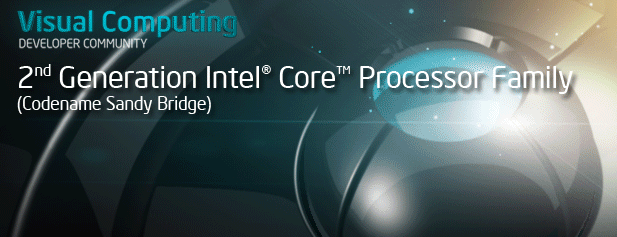Silicon Cocktail

On the eve of GDC Europe , new graphic examples became available to developers to help get the best graphics performance in games on Intel HD Graphics systems. Some of them are already familiar to game developers, and some are new technologies developed by Intel. All these examples could be seen on the Intel booth at the conference in Cologne, now they are available on our website .
One example is Shadow Explorer, combining several widely used shadow rendering techniques in one example. Four shadow overlay algorithms are built into this example:
- Simple cascaded shadow map
- Percentage closer filtered (PCF)
- Variance shadow map (VSM)
- Exponential variance shadow map (EVSM)
')
Shadow Explorer is an application that allows game developers to try out some lighting techniques and compare their quality / performance ratio, thereby determining the most appropriate computer game or other 3D product. Two scenes will allow the creator of the picture to visually control the processing of objects with different geometry.
Developers can change the type of algorithm, the quality settings of each of them and see the result on the same 3D scene (several scenes are available in the example), which allows you to select the desired combination for implementation in their programs. Moreover, it is quite a flexible tool that allows you to change the parameters of the scene in real time in order to assess the changes by eye. The source of the link .
The unified Sandy Bridge architecture, which combines CPU + GPU modules, makes it possible to use the Onloaded Shadows technique, which asynchronously calculates shadows, distributing the load between the two cores. This solution is suitable for performing graphical tasks of any level - from model processing to rendering each frame in a heavy computer game.
Another example of Intel's know-how is the example of MLAA (morphological anti-aliasing), showing a technique developed in the laboratory of Intel Research which has already been written in detail on Habré . This technique can significantly improve the quality of 3D images, using both the power of the graphics core and the CPU, and works perfectly on the latest generation of Intel HD Graphics, as well as GPUs from other manufacturers. One of the main advantages of this technology is independence from the number of polygons displayed on the screen, a factor that most strongly affects performance when using the standard GPU smoothing method MSAA.
All examples are available with source code, which allows developers to quickly integrate new technology in their products and get high performance games on integrated graphics. Indeed, in Sandy Bridge, it differs significantly from its predecessors. The power of the GPU module has increased 25 times compared to the previous generation, the maximum number of cores is four, the pipelines are six, and the shader processors are twelve. Maximum frequency: 1500 MHz, the video core uses a shared L3 cache. Extreme overclocking is possible both manually and with Intel Turbo Boost, which “gently” increases the performance of the entire system. A nanoschema, located on a single crystal and connected by an annular bus, which evenly distributes the load between two cores, is capable of delivering many pleasant surprises. Full list of them you will find here .
Soon, a manual for compatibility with the new generation of Sandy Bridge processors will be published in Russian, allowing you to improve the quality of graphics on any computers. Now it is only in English . A summary of the various technologies supported by both generations of the Intel Core (the latest of which is Sandy Bridge) here .
Source: https://habr.com/ru/post/126266/
All Articles